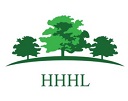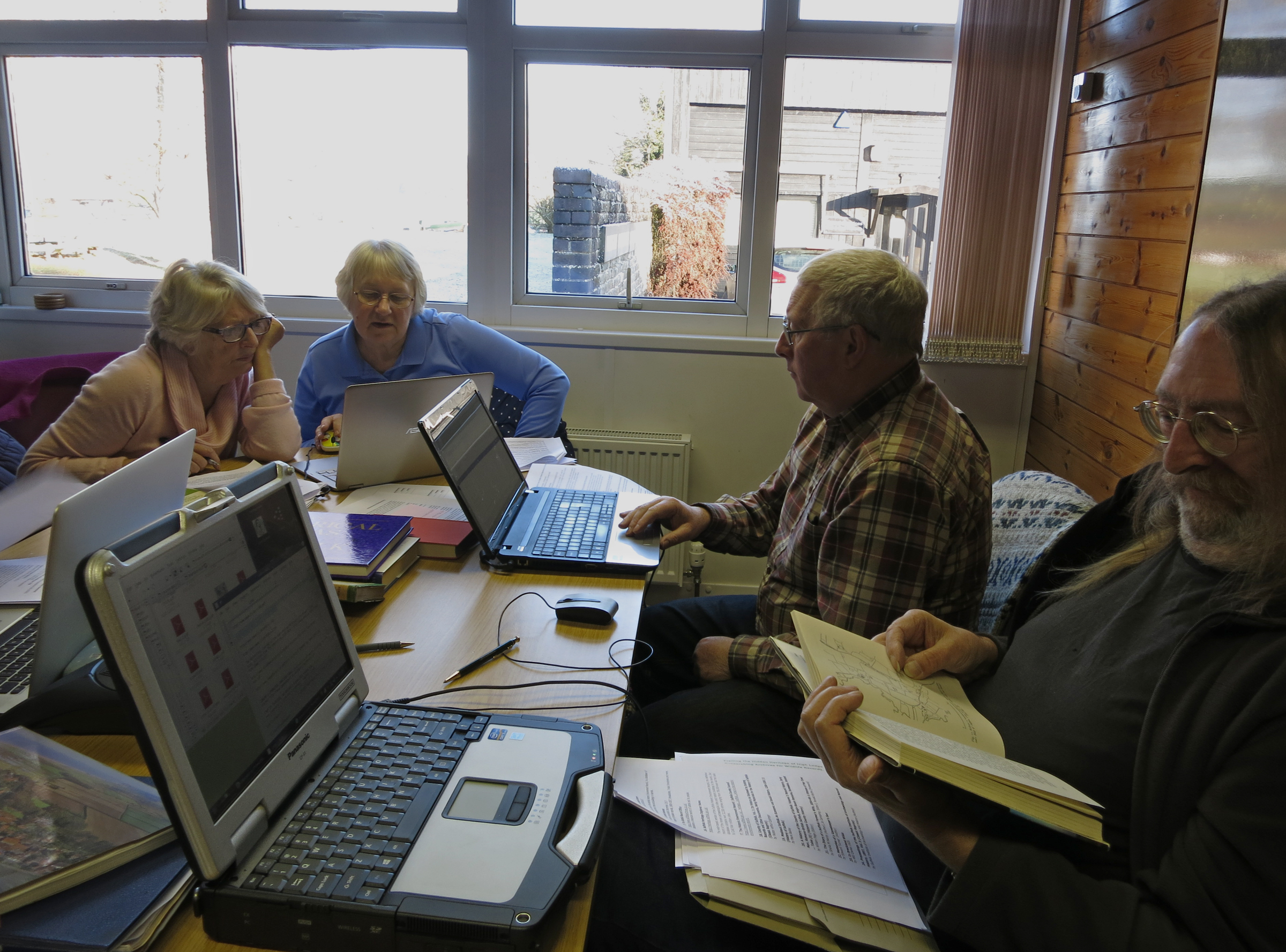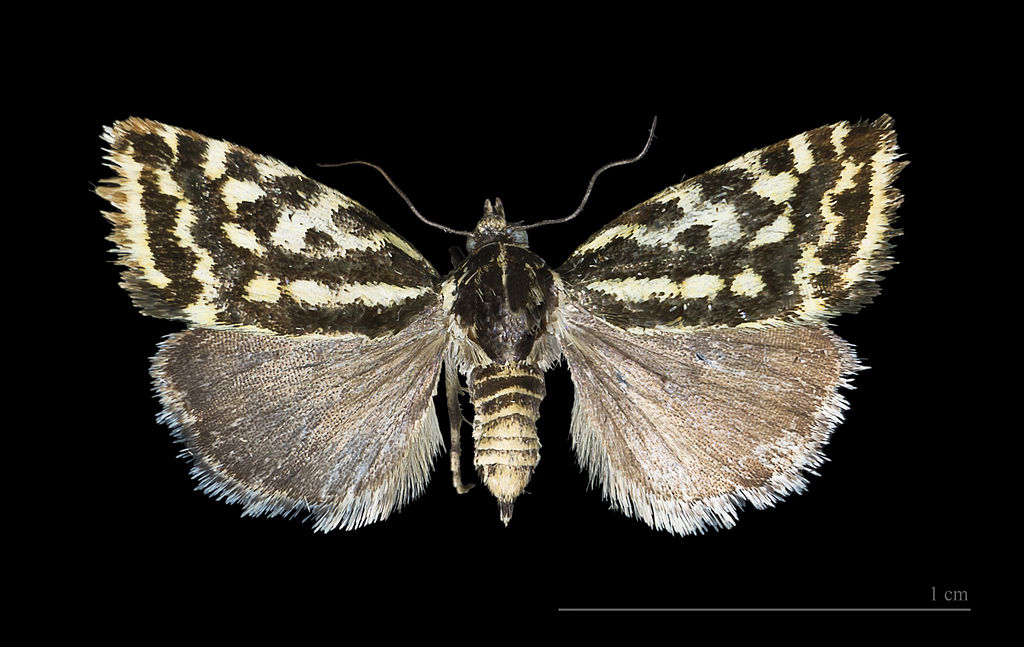



As discussed elsewhere, Thetford Forest as we know it is a recent creation. So what lived here before the coniferous trees were planted? A team of volunteer researchers scoured the local studies library, newspaper archives and some wonderful old books to find clues. Their findings are presented here and on the linked pages.

The Companion Guide 1 tells us on page 276 The great bustard lived here until 1838 when the last pair were shot, and the stone curlew, a lesser relative, still survives. There are still rare plants. The Spanish catchfly, (Silene otites), the maiden pink (Dianthus deltoides), the field gentian (Gentian campestris) and the dwarf orchis (Orchis ustulata) are still to be found, and a friend of mine tells me that Orchis militaris is common in a certain wood but torture would not drag from him which one.
[Page 278]You will certainly meet red squirrels (grey have not arrived yet: East Anglia is still relatively free from them), you will probably meet a roe deer or two, very likely a herd of red deer, which are common, and you may see some crossbills in the trees - large finches which have their bills crossed to make them useful for extracting the seeds from pine cones.
The most beautiful thing in Breckland, indeed one of the most beautiful in the world, is the golden pheasant (Chrysolophus pictus). I have seen five cocks together, a most rare sight, for although these birds are common, they are very retiring.
As might be expected, the birds of the open fields and heathlands that preceded the forest differ from those found today. Our researchers found many references to Stone Curlew and Great Bustard, so each of these has their own page.
The local papers provided a wealth of information about the Birds of Beachamwell.
In 1833, a correspondent identified only as "H.T." reported an encounter with: A Pair of Eagles, I am sorry I cannot state of which species, were observed, previously to Christmas of 1832, upon Brandon rabbit warren, in Norfolk, about which place they had remained some time, and committed unwelcome havoc among the rabbits. The warreners made several unsuccessful attempts to shoot them, but at length both were caught in large iron traps each baited with a rabbit. One of the eagles, it is reported, after becoming entrapped, removed the trap, of seven pounds'
weight, by its efforts, to the distance of twenty yards, and was even after this taken alive. It is said that its wings measured seven feet in extent. Their roosting-place was found to be in a plantation of fir trees in the neighbourhood; and the ground around the trees on which they roosted, it is said, was found covered with the skins of rabbits. Brandon Warren is about thirteen or fourteen miles from Bury St. Edmunds. I wish some correspondent who saw the captured birds would tell us their species, and what additional authentic facts he knows respecting them.
2
One important species of moth that has become extinct is the Spotted Sulphur Moth (Acontia trabealis,also called Emmelia trabealis). According to Waring and Townsend 3 This moth was Discovered breeding in the Breckland in 1847, and recorded at various sites there until the early 1950s. Survived in a single plot planted with asparagus near Mildenhall, Suffolk, where it was last seen in Britain on 25 June 1960. The decline and extinction of this species have been attributed to ecological changes resulting from large-scale afforestation and agricultural intensification in the Breckland.

In his contribution to The History and Antiquities of the County of Suffolk Alfred Sucklng 4 provided a catalogue of rare plants, some of which such as Veronica verna and Silene otites were noted in breckland locations.
Arthur Young 5 tells us about the plants and farming practices of the area.
Whilst Seymour (above) mention the squirrels and deer, Harvey 6 gives us a detailed account of staghunting in the Brecks.
We have found a number of other accounts of the wildlife, plants and farming practices of the area. Extracts of these are may be read by following the links below
Frank Norgate 7 kept a diary during the 1880s, which has fortunately been preserved in the Norfolk Record Office.
In 1901, Charles Mackie 8 compiled entries from the Norfolk Chronicle and pulished them as The Norfolk Annals.
An overview of the entire area can be found in the classic work Breckland by Olive Cook 9
In 1838 Kirby 10 wrote an account of his journeys through Suffolk entitled The Suffolk Traveller.
An account of the East Anglian Forests was published in 1972 11
Agricultural practice is described by Dymond and Northeast 12 in A history of Suffolk and by Redstone 13 in Our East Anglian Heritage
1 Seymour J., The Companion Guide to East Anglia, Collins, London,1972. ☝
2 Magazine of natural history and journal of zoology, botany, mineralogy, geology and meteorology,Vol 6, 1833, page 448 ☝
3 Waring P. and Townsend M., Field Guide to Moths of Great Britain and Ireland , British Wildlife Publishing, 2002 ☝
4 Suckling A, 'Rare plants found in Suffolk', in The History and Antiquities of the County of Suffolk: Volume 1 (Ipswich, 1846), pp. Xxxix-xli. British History Online http://www.british-history.ac.uk/no-series/suffolk-history-antiquities/vol1/xxxix-xli [accessed 3 February 2019]. ☝
5 Young A. General View of Agriculture of the County of Norfolk, David & Charles Reprints, Newton Abbot ☝
6 Harvey J R, Deerhunting in Norfolk from the Earliest Times, Norwich Mercury Co. Ltd., Norwich, 1910 ☝
7 Norgate, F., Field Diary Norfolk Record office MC175 ☝
8 Mackie, C. NORFOLK ANNALS: A Chronological Record Of Remarkable Events In The Nineteenth Century 1901 ☝
9 Cook, O., Breckland, Hale 1956 ☝
10 Kirby, The Suffolk Traveller A Topographical and Historical Description of the County of Suffolk; Woodbridge; 1839 ☝
11 Edlin HL, Backhouse GW, Ballance GF, Race RM, Perrin RMS & Rainbird Clarke R. East Anglian Forests. Edlin HL (Ed.). HMSO, London, 1972. ☝
12 Dymond D. and P. Northeast, A History of Suffolk, Chichester, Phillimore & Co Ltd, 1985 ☝
13 Redstone L.J., Our East Anglian Heritage or Between the Wash and the Stour, Methuen, London, 1939 ☝